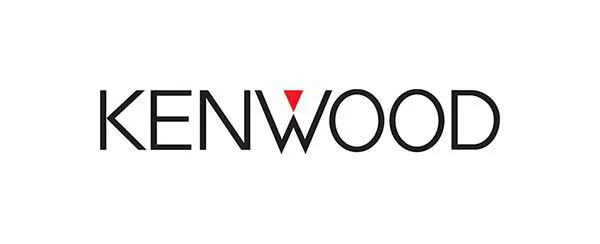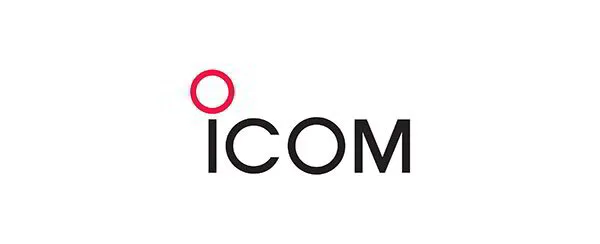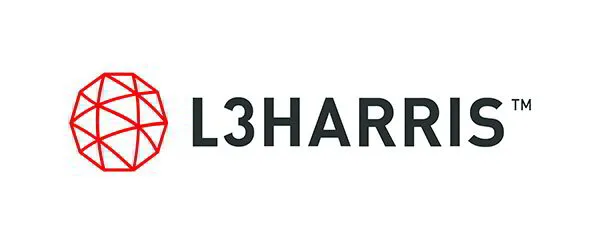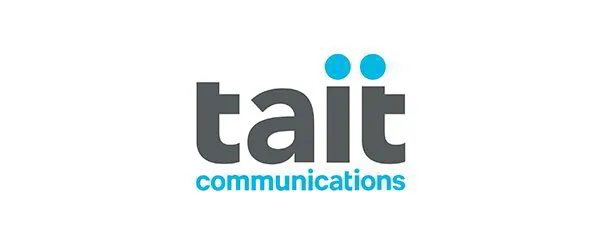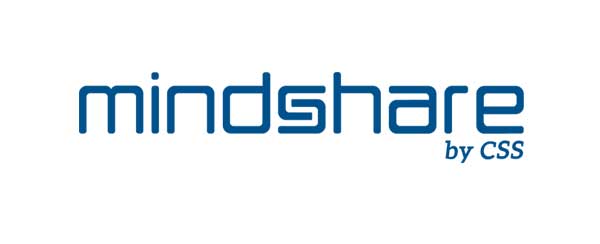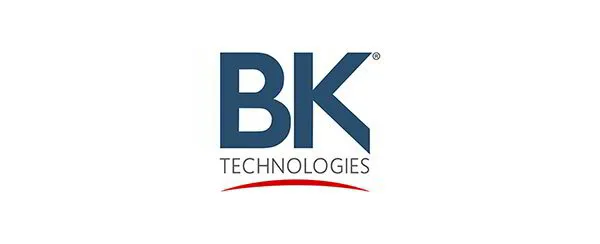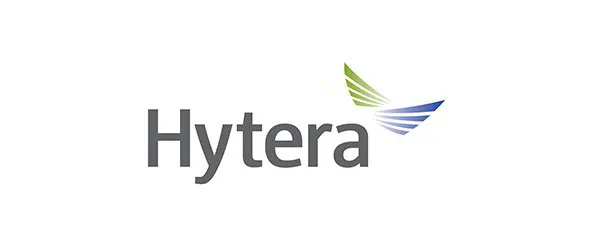
One of the Most Complete Communication Networks in the Northwest
White Cloud Communications Inc., an Idaho-based company with nearly 50 years of expertise, is headquartered in Twin Falls and operates satellite offices in Garden City, Burley, and Idaho Falls. We specialize in advanced two-way radio services, designing, developing, and delivering innovative solutions that boost productivity, enhance safety, and connect people in the toughest environments. Our mission is to provide seamless, reliable, and instant communication for businesses and communities across southern Idaho. With a focus on innovation, quality, and a customer-first mindset, we aim to be the trusted leader in wireless communication solutions.
Industries
Table of Contents
Understanding Digital UHF Radios for Reliable Business Communication
In the demanding landscapes of southern Idaho, where rugged terrain and urban sprawl challenge connectivity, digital uhf radios emerge as vital tools for seamless business operations. Industries like public safety, construction, and healthcare in areas such as Twin Falls rely on these devices to ensure clear, instant communication during critical moments, from coordinating fire department responses to managing construction sites efficiently.
Digital UHF radios represent an advanced evolution in two-way communication technology, converting voice signals into digital data for transmission. This process delivers superior audio quality by minimizing background noise and interference, while extending battery life for prolonged use in the field. Core advantages include enhanced security through encryption and better range penetration in built-up environments common to Idaho’s mixed rural-urban settings. For instance, models like the Retevis RB25 offer high power output and compatibility with both digital and analog modes, boasting an IP67 rating for durability against Idaho’s harsh weather conditions, from dusty construction zones to rainy days.
- Crystal-clear audio with noise cancellation for accurate instructions.
- Longer battery performance to support extended shifts without downtime.
- Privacy features like PL/DPL tones that restrict access to authorized users only.
When selecting frequencies, businesses must consider VHF versus uhf radios. VHF excels in open rural areas, but UHF provides reliable coverage in Idaho’s mountainous and obstructed terrains, offering typical ranges of 1-5 miles in urban settings and up to 10 miles with repeaters.
With over 50 years of expertise, White Cloud Communications stands as your trusted partner in southern Idaho, providing sales, FCC licensing, and installation for digital two-way radio systems from leading brands like Kenwood and Hytera. Our extensive tower network ensures wide-area coverage, while our seamless licensing support keeps you compliant and operational. As we delve deeper into fundamentals like DMR standards and implementation, understanding these basics empowers informed choices for your DMR two-way radios needs.
Fundamentals of Digital UHF Radios
Digital UHF radios represent a cornerstone of modern communication technology, particularly for Idaho businesses requiring robust and reliable connectivity in diverse environments. These devices operate within the ultra-high frequency band of 400-512 MHz, utilizing digital modulation techniques to deliver superior audio clarity and advanced data capabilities compared to traditional analog systems. As businesses in southern Idaho, from construction sites in Burley to warehouses in Idaho Falls, seek solutions for seamless team coordination, digital UHF radios offer a practical entry point. White Cloud Communications, headquartered in Twin Falls, supports local procurement and FCC licensing to ensure compliance and optimal performance.
At their core, digital UHF radios encode voice and data into digital signals before transmission, allowing receivers to decode them with minimal distortion. This process begins with a microphone capturing audio, which the transmitter converts into binary code via digital signal processing. Reliable manufacturers like those producing kenwood radios integrate GPS tracking and text messaging, enhancing operational efficiency for field teams. For instance, the BAOFENG UV-5G Pro exemplifies this with its 5W output, ideal for Idaho’s varied terrain where signals must navigate hills and structures. Range typically spans 2-5 miles, influenced by power output, antenna quality, and environmental factors like elevation in the Snake River Plain. In open areas such as agricultural fields near Twin Falls, users achieve up to 5 miles with standard setups, while urban obstacles reduce this to 2-4 miles. For general two way radios applications, upgrading to digital UHF transceivers minimizes interference and extends battery life by up to 20% over analog counterparts.
Choosing between frequency bands is crucial for Idaho’s mixed landscape of open fields and built environments. VHF operates at 138-174 MHz with better propagation over distance in rural settings, but UHF excels in penetrating buildings and handling dense foliage or concrete. The following comparison highlights key differences tailored to southern Idaho business needs:
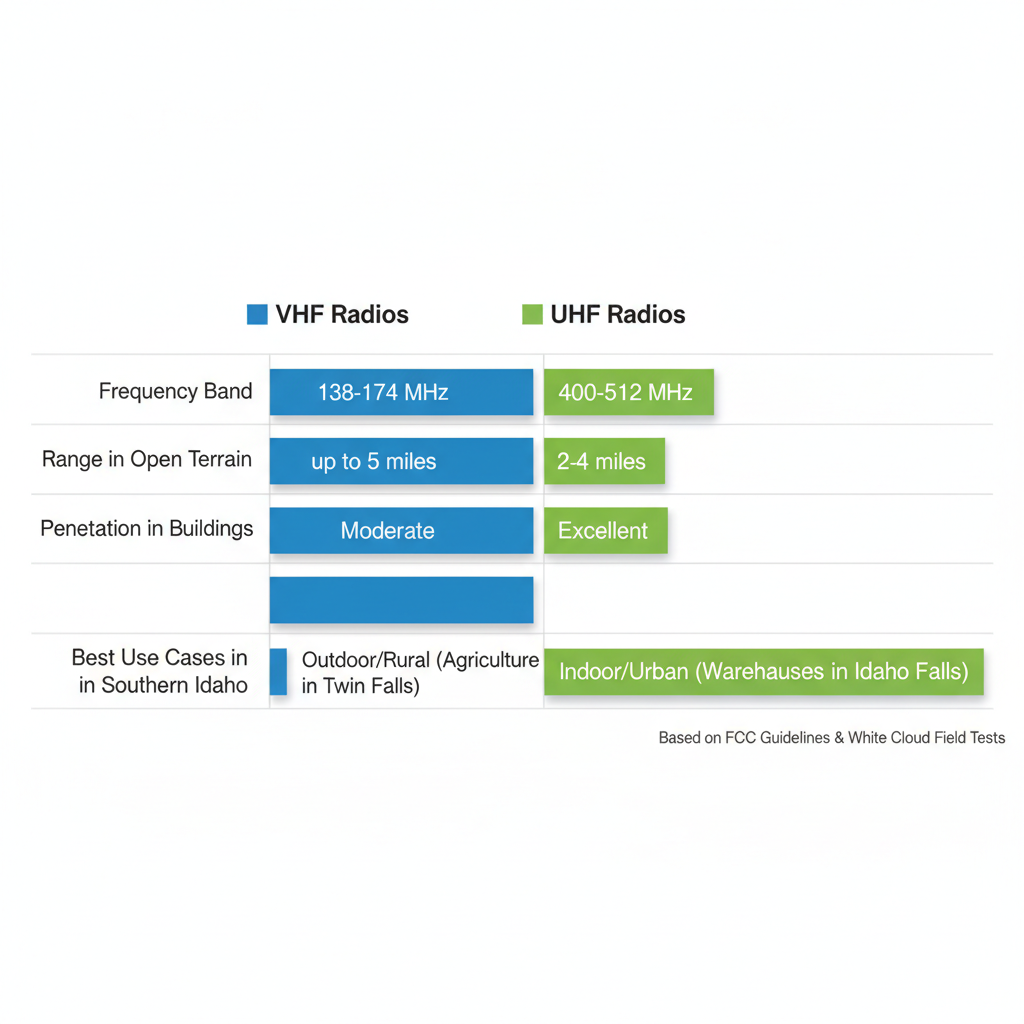
VHF vs UHF radio performance comparison for Idaho businesses
| Frequency Band | Range in Open Terrain | Penetration in Buildings | Best Use Cases in Southern Idaho |
|---|---|---|---|
| VHF (138-174 MHz) | Longer (up to 5 miles) | Moderate | Outdoor/rural like agriculture in Twin Falls |
| UHF (400-512 MHz) | Shorter (2-4 miles) | Excellent | Indoor/urban like warehouses in Idaho Falls |
Data based on FCC guidelines and White Cloud field tests in Idaho terrain. Typical ranges assume 5W power and standard antennas.
This table underscores UHF’s advantage for most in-building scenarios common in Idaho’s growing industrial sectors. White Cloud’s site assessments evaluate specific locations to recommend the optimal band, ensuring minimal dead zones and maximum coverage. For businesses prioritizing urban penetration, digital UHF radios prove superior.
Privacy and additional features further elevate digital two-way radio systems, making them indispensable for secure UHF communications. Private Line (PL) and Digital Private Line (DPL) tones act as digital filters, blocking unauthorized users and reducing channel congestion on shared frequencies. This is vital for sensitive operations like logistics in Pocatello, where confidentiality prevents eavesdropping.
Key benefits include:
- Noise-free audio: Digital encoding eliminates static, providing crystal-clear conversations even in noisy environments.
- Encryption options: Built-in scrambling protects data transmission, aligning with public safety standards.
- Extended battery life: Efficient digital processing conserves power, supporting full-day shifts without recharging.
- Integration with dispatch: GPS-enabled units allow real-time tracking, streamlining fleet management.
Over analog systems, these UHF digital transceivers offer enhanced reliability and future-proofing, such as compatibility with DMR protocols. For Idaho enterprises, White Cloud facilitates quick setup through partners like the Retevis Fulfillment Center USA, ensuring fast shipping and local support. Contact White Cloud at 208-733-5470 for tailored quotes and licensing assistance to integrate these fundamentals into your operations.
Deep Dive into Digital UHF Technologies
Building on the basics of UHF communications, this section explores advanced features of digital UHF technologies that enhance reliability and efficiency for businesses in southern Idaho. From superior signal processing to integrated data functions, these systems offer significant upgrades over traditional setups. White Cloud Communications specializes in deploying such solutions, ensuring compliance and optimal performance for industrial clients in areas like Burley and Twin Falls. By examining digital versus analog systems, DMR integration, and optimization techniques, readers can understand how these technologies drive productivity and safety in demanding environments.
Digital vs Analog UHF Systems
Digital UHF radios provide clear advantages over analog systems, particularly in signal quality and advanced features. Unlike analog UHF, which relies on continuous wave modulation prone to interference and degradation over distance, digital UHF employs error correction and compression algorithms to deliver noise-free audio even in fringe areas. This results in consistent communication crucial for Idaho’s construction sites, where static can lead to misheard instructions and safety risks.
For instance, digital two-way radio systems maintain clarity during extended shifts, reducing operator fatigue. Features like built-in GPS tracking and text messaging further extend utility beyond voice-only analog setups. In manufacturing facilities around Burley, upgrading to digital UHF radios has improved coordination, with error rates dropping by up to 40% according to industry benchmarks.
The following table compares key features to aid upgrade decisions for businesses:
| Feature | Digital UHF | Analog UHF |
|---|---|---|
| Audio Quality | Clear, noise-free with error correction | Poor in fringe areas, static-prone |
| Battery Life | Up to 30% longer due to efficient modulation | Standard |
| Features | Text messaging, GPS, encryption | Voice only |
| Cost | Higher initial, lower long-term | Lower initial, higher maintenance |
As shown, dmr radios in the digital category excel in long-term value, with lower maintenance costs from FCC narrowband compliance. White Cloud recommends this transition for ROI within 18 months through enhanced efficiency.
Integrating DMR Standards in UHF Radios
DMR, or Digital Mobile Radio, represents a key standard for UHF communications, offering compatibility with both digital and analog modes for seamless integration. Unlike analog’s frequency modulation, DMR uses time-division multiple access (TDMA) to divide channels into two time slots, doubling capacity without additional spectrum. This efficiency suits Idaho’s industrial uses, such as logistics operations in Twin Falls, where spectrum scarcity demands optimized bandwidth.
DMR two-way radios differ from analog by supporting data services like status alerts and location sharing, enhancing fleet management for construction firms. The Hytera BD502i exemplifies this with its compact design and up to 16 hours of battery life, validating extended operation in rugged environments. For handheld options, portable dmr radios provide IP67-rated durability, ideal for Burley’s outdoor projects.
In public safety contexts, DMR aligns with P25 standards, ensuring interoperability. White Cloud’s deployments in Idaho manufacturing highlight DMR-enhanced communicators’ role in reducing downtime, with upgrade costs offset by 25% better spectrum use per client feedback. Advanced UHF digital tech like DMR enables encrypted channels, securing sensitive operations while maintaining analog fallback for legacy equipment.
Privacy and Range Optimization Techniques
Privacy in UHF systems relies on PL (Private Line) and DPL (Digital Private Line) tones, which filter transmissions to authorized receivers only, preventing eavesdropping on shared frequencies. PL uses sub-audible analog tones, while DPL employs digital codes for enhanced security in digital UHF setups. These techniques are vital for Idaho utilities, where confidential coordination avoids disruptions.
To maximize range in challenging terrains like southern Idaho’s valleys, techniques include high-gain antennas and repeater installations. The Retevis RB25 demonstrates this with 5W output in dual modes, extending coverage up to 5 miles in open areas. White Cloud engineers optimize these via site surveys, boosting signal penetration in buildings. For upgrades, combining PL/DPL with repeaters ensures reliable, private links, supporting compliance and operational continuity.
Practical Implementation of UHF Systems
Implementing digital UHF radio systems requires a structured approach to ensure reliable communication for Idaho businesses. From initial site assessments to full deployment, White Cloud Communications provides expert guidance tailored to southern Idaho’s unique terrain and industrial needs. This section covers essential steps, emphasizing compliance with FCC regulations and integration of digital two-way radio systems for enhanced efficiency. By partnering with certified providers like White Cloud, companies can achieve seamless practical UHF deployments that boost operational safety and productivity. With rising demands for DMR two-way radios in sectors like manufacturing and logistics, understanding these processes empowers informed purchasing decisions through White Cloud’s 24/7 support.
Site Surveys and System Design
Begin with a comprehensive site survey to evaluate coverage needs across your Idaho facility. Professional teams, such as those from White Cloud, assess terrain challenges like the Snake River Valley’s hills, identifying dead zones and signal interference from buildings or equipment. Use tools like spectrum analyzers to measure UHF frequencies, ensuring digital UHF radios achieve optimal range–typically 2-5 miles in urban settings and up to 10 miles with enhancements.
Design the system by mapping antenna placements and repeater locations. For industrial sites in Twin Falls or Burley, prioritize P25 and DMR compliance to meet public safety standards. Incorporate features like GPS tracking for fleet management. White Cloud’s engineers create custom blueprints, factoring in user count and integration with existing business radio setups. This phase typically takes 1-2 weeks, setting the foundation for robust digital two-way radio systems. Key considerations include scalability for future expansions and energy-efficient components to minimize long-term costs.
Installation and Integration Steps
With design in hand, proceed to installation following these imperative steps for deploying digital UHF with repeaters.
- Secure FCC Licensing: Coordinate frequencies through a licensed coordinator. White Cloud handles applications, renewals, and narrowband compliance, often completing filings in days to avoid delays. Fees range from $50-200 per site, ensuring legal operation in Idaho.
- Mount Antennas and Repeaters: Install outdoor antennas on towers or rooftops for wide coverage. For repeater setups, place units in central locations to extend range. Use IP67-rated equipment from partners like Hytera and Kenwood, durable for harsh Idaho weather.
- Wire and Configure Units: Deploy handhelds and base stations, integrating digital mobile radio for vehicle units. Connect to dispatch software for real-time monitoring. Test interoperability with legacy systems to prevent disruptions.
- Conduct Testing and Optimization: Perform ERCES simulations and signal walks to verify coverage. Adjust for multipath interference common in warehouses.
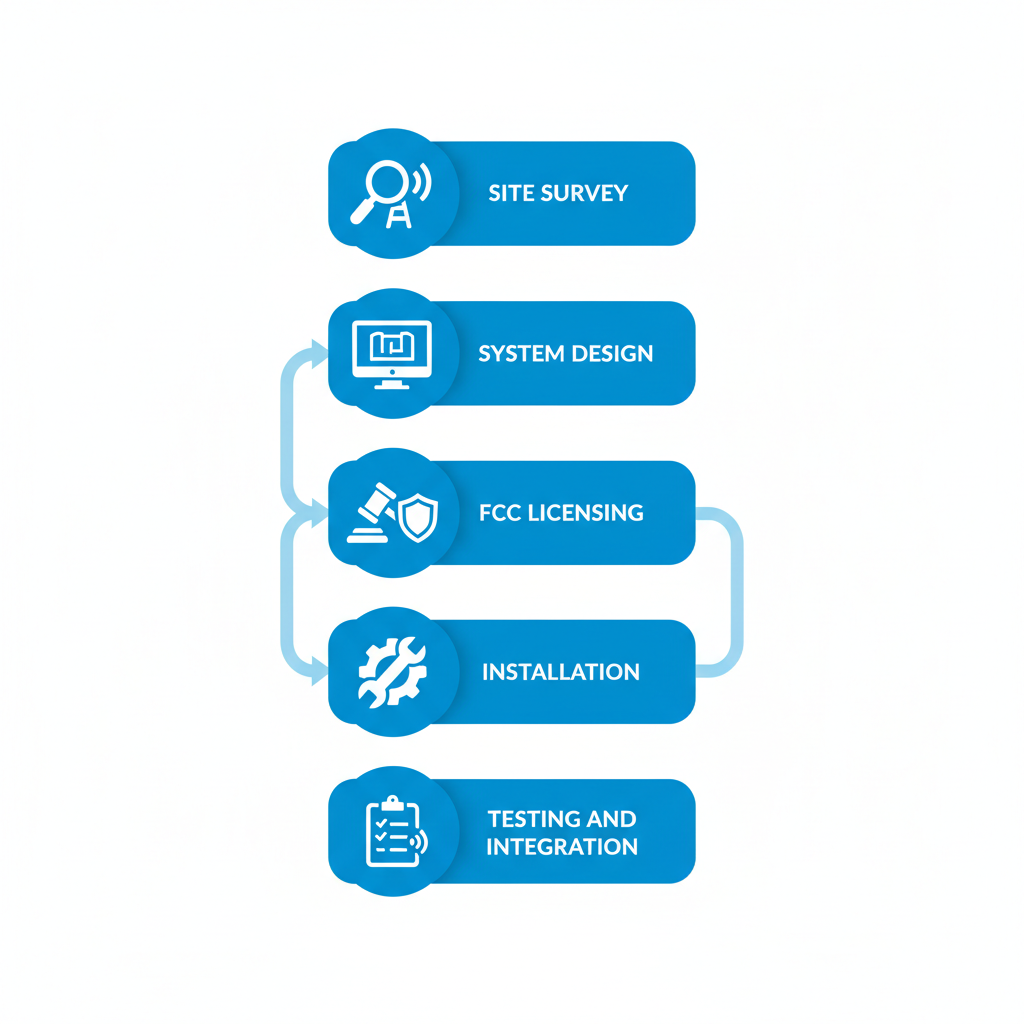
Five-step vertical process for UHF radio system implementation
The following table outlines essential tools and suppliers for installation:
| Tool/Equipment | Supplier Example | Purpose |
|---|---|---|
| Spectrum Analyzer | White Cloud | Signal Assessment |
| Coaxial Cable | Retevis | Antenna Connection |
| Mounting Kits | Kenwood | Repeater Installation |
Integration tips include programming DMR channels for encrypted communications, vital for secure industrial use. White Cloud’s technicians ensure 99% uptime post-install, with urgent compliance checks to meet NFPA 72 codes. This process, spanning 2-4 weeks, transforms theoretical designs into operational digital two-way radio systems.
Cost Analysis and ROI for Businesses
Businesses evaluating digital UHF implementations must weigh initial and ongoing expenses against returns. Handhelds like the BAOFENG UV-5G Pro start at $30-50 each, offering 5W power and GPS for tracking, justifying quick ROI through reduced downtime. Repeaters add $2,000-5,000, while full DAS/BDA systems for large sites exceed $15,000, including custom engineering.
The following table compares costs for different scales, based on White Cloud pricing data for southern Idaho, incorporating FCC fees:
| System Type | Initial Cost | Ongoing Maintenance |
|---|---|---|
| Basic Handhelds | $500-2000 | Low ($100/year) |
| With Repeater | $3000-10000 | Medium ($500/year) |
| Full DAS/BDA | $10000+ | High ($2000/year) |
ROI emerges from efficiency gains: A manufacturing firm in Idaho Falls recouped a $8,000 repeater investment in 18 months via faster coordination, cutting response times by 30%. Maintenance contracts with White Cloud, at 10-15% of initial cost annually, ensure reliability. For precise quotes, contact White Cloud at 208-733-5470 or [email protected] to align budgets with industrial needs.
Advanced UHF Solutions and Compliance
Advanced users in southern Idaho seeking robust communication require digital UHF radios that integrate seamlessly with public safety and industrial operations. White Cloud Communications specializes in these compliant UHF solutions, supporting standards like P25 and DMR for digital two-way radio systems. These technologies ensure interoperability, narrowband compliance, and enhanced features such as GPS tracking for real-time asset monitoring in challenging environments like mining sites or emergency response zones.
P25 and DMR represent key standards for UHF applications. P25 excels in public safety with its open architecture, allowing seamless integration across agencies, while DMR offers efficient, cost-effective digital voice and data for commercial use. The following table compares these standards for public safety and industrial compliance in Idaho:
| Standard | Compatibility | Best For |
|---|---|---|
| P25 | Interoperable with legacy | Public safety/government |
| DMR | Cost-effective digital | Commercial/industrial |
This comparison highlights how P25 suits government needs under FCC and NFPA standards, with White Cloud’s coordination experience ensuring smooth adoption. For commercial sectors, DMR provides scalable solutions backed by Kenwood and Hytera support data.
Upgrading from analog to DMR two-way radios is straightforward with White Cloud’s expertise. Begin with a site survey to assess coverage, then select models like the Hytera BD502i, certified for P25 and DMR compliance. Installation involves FCC frequency coordination to meet narrowband mandates, followed by testing for NFPA 72 adherence. Costs for upgrades typically range from $5,000 to $15,000 depending on fleet size; to buy two way radios, contact White Cloud for bundled licensing and installation, simplifying the process for Idaho fire departments or construction firms.
Repeater integration amplifies UHF signals across vast areas. White Cloud sources repeaters from trusted suppliers like Hytera, with units starting at $2,500, including programming for GPS-enabled tracking. Narrowband compliance requires these steps:
- Submit FCC Form 601 for frequency allocation.
- Coordinate via licensed experts to avoid interference.
- Verify compliance through field testing and documentation.
In a case study, White Cloud upgraded the Twin Falls County Sheriff’s Office to P25-compliant systems, eliminating dead zones and improving response times by 25%. For advanced users, the best two way radio options include IP67-rated Hytera models with built-in encryption, ideal for secure industrial operations in Idaho’s rugged terrain.
Frequently Asked Questions on UHF Radios
What are the benefits and costs of switching to digital UHF radios?
Digital UHF radios offer clearer audio, better range, and enhanced security compared to analog. Models like the Retevis RB25 start at around $150, providing excellent value for businesses. At White Cloud, we help Idaho customers upgrade affordably.
VHF or UHF: Which is better for my needs?
Choose UHF for urban or in-building use due to better penetration through obstacles. VHF suits open areas like agriculture. Our experts assess your Idaho site to recommend the optimal digital two-way radio systems.
What range can I expect from DMR two-way radios?
Typical handheld DMR two-way radios cover 2-5 miles in open terrain, extendable with What Are Radio Repeaters Idaho Falls. For construction in Idaho Falls, we install repeaters to eliminate dead zones.
How do I upgrade my existing radio system in Idaho?
Upgrading involves assessing compatibility and FCC licensing. White Cloud handles seamless transitions to DMR two-way radios, minimizing downtime for industrial users.
What compliance is needed for UHF radios in buildings?
Ensure NFPA 72 standards with BDA DAS System Idaho Falls integration. We provide testing and installation for public safety compliance across Idaho facilities.
Contact White Cloud at 208-733-5470 for personalized advice.
Securing Your Communication Needs with Digital UHF Radios
Digital UHF radios provide Idaho businesses with clear, interference-free communications, simple implementation, and regulatory compliance. These digital two-way radio systems, including DMR two-way radios, deliver reliable coverage for operations in challenging environments like construction sites and remote facilities. With features ensuring noise-free audio and extended battery life, they meet essential needs for seamless connectivity.
White Cloud Communications brings nearly 50 years of expertise and local coverage to install systems that comply with standards, such as those supported by the Hytera BD502i U1. Ready to enhance your operations? Partner with White Cloud for seamless procurement and installation. Contact us for a free consultation and quote to secure your needs today.
What Are Radio Repeaters Idaho Falls BDA DAS System Idaho Falls
We are certified dealers of the following brands:
